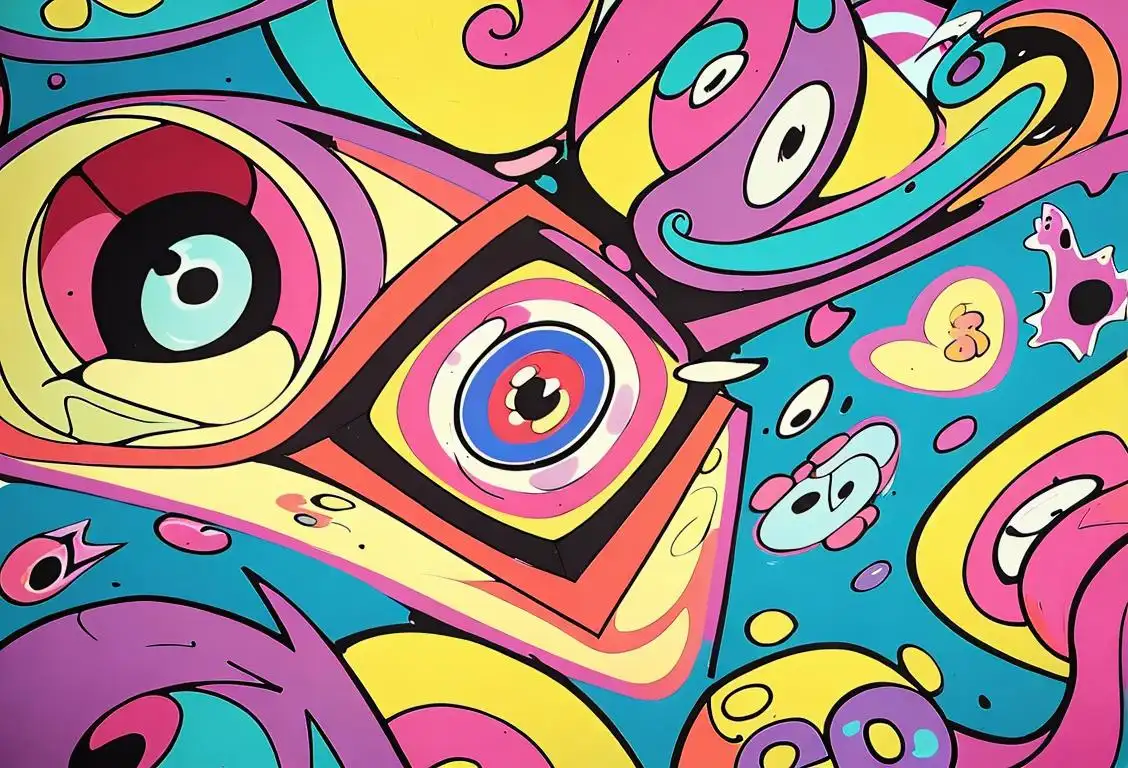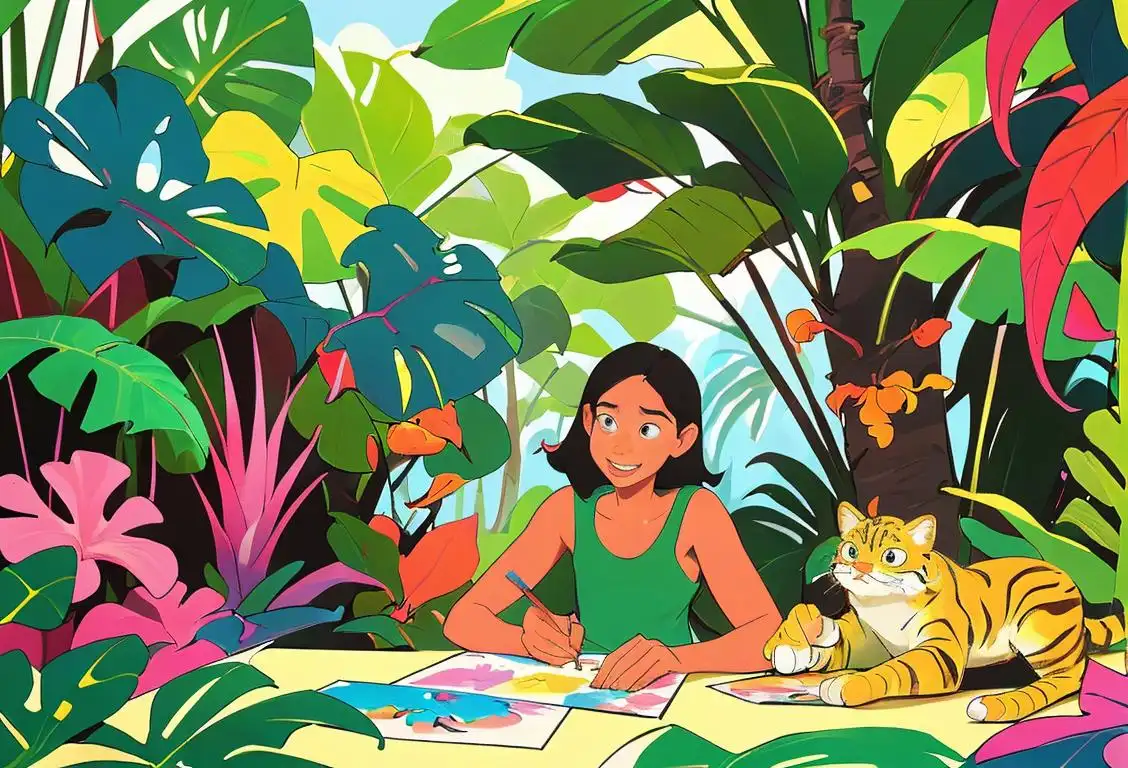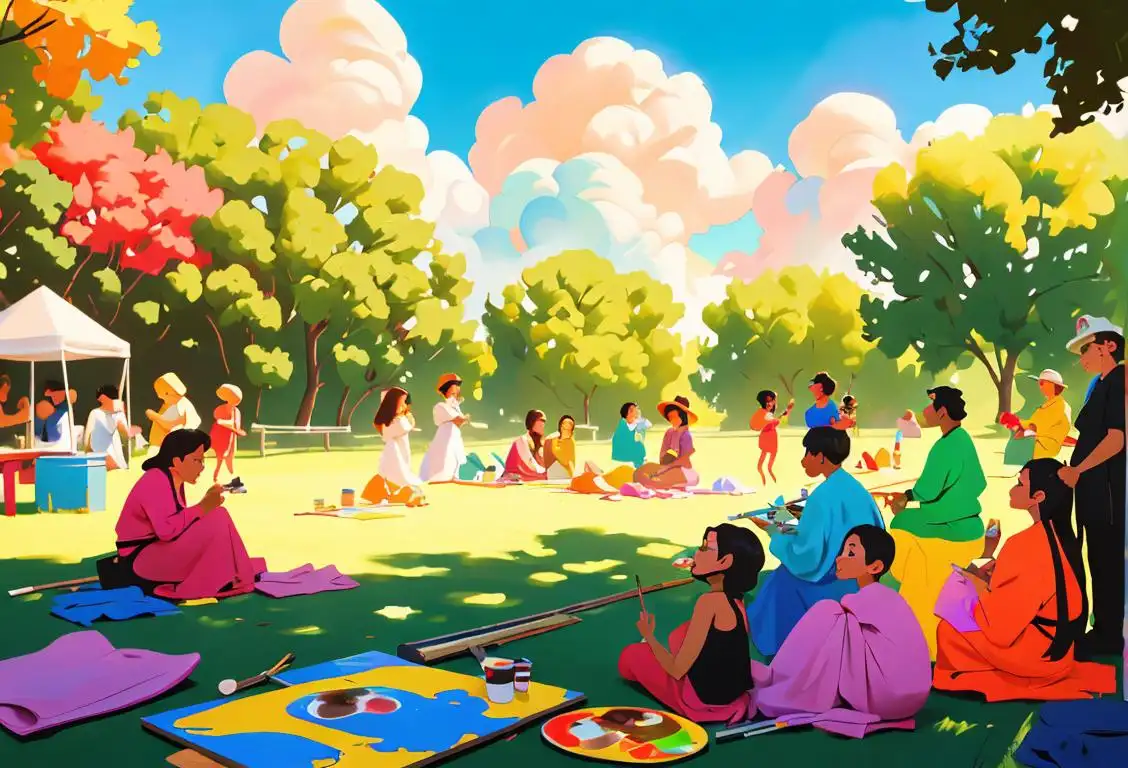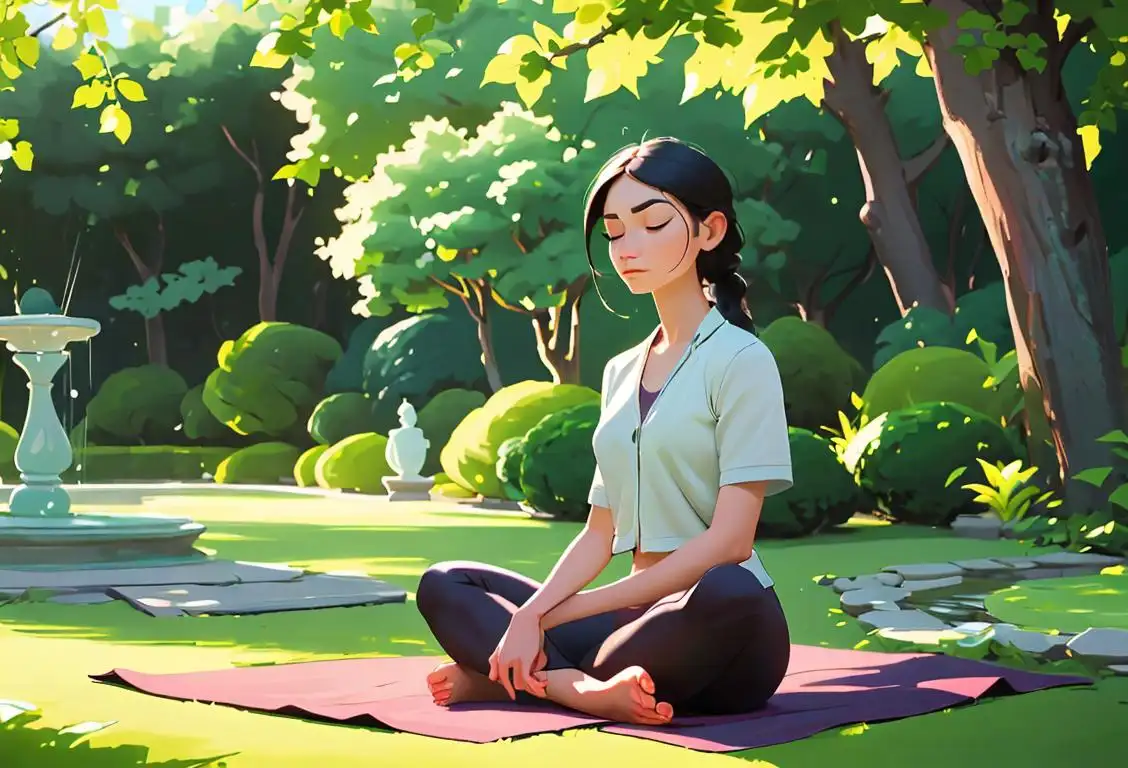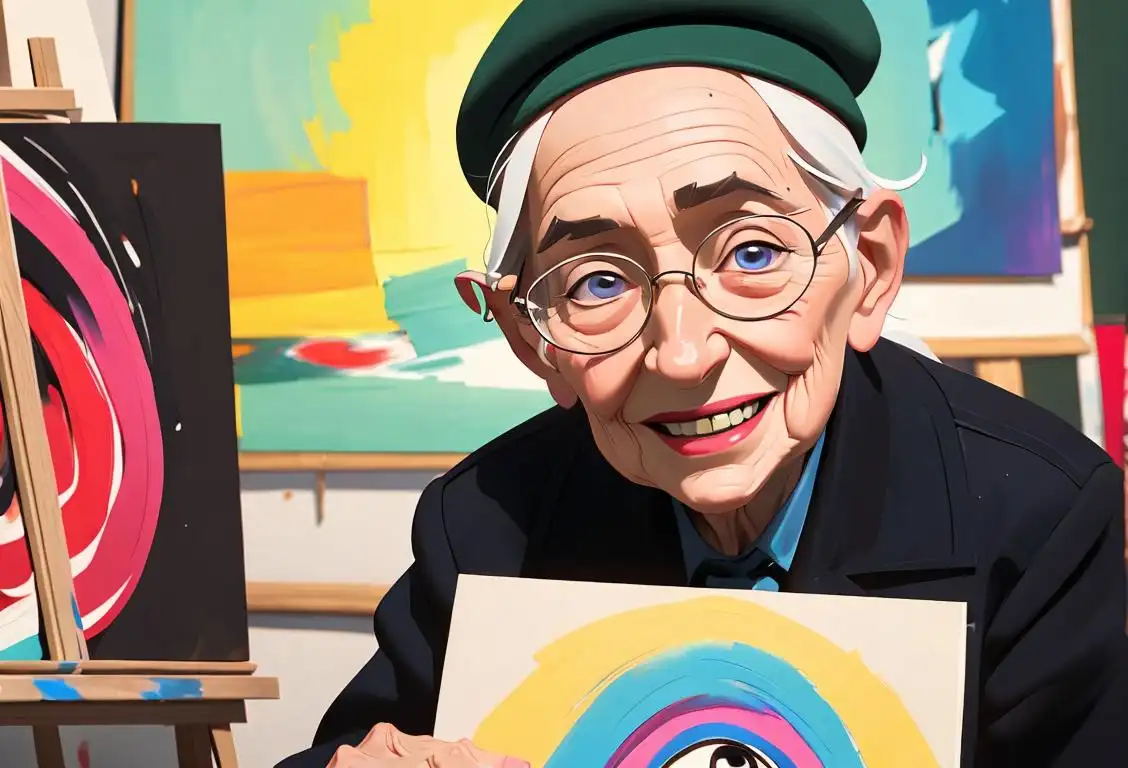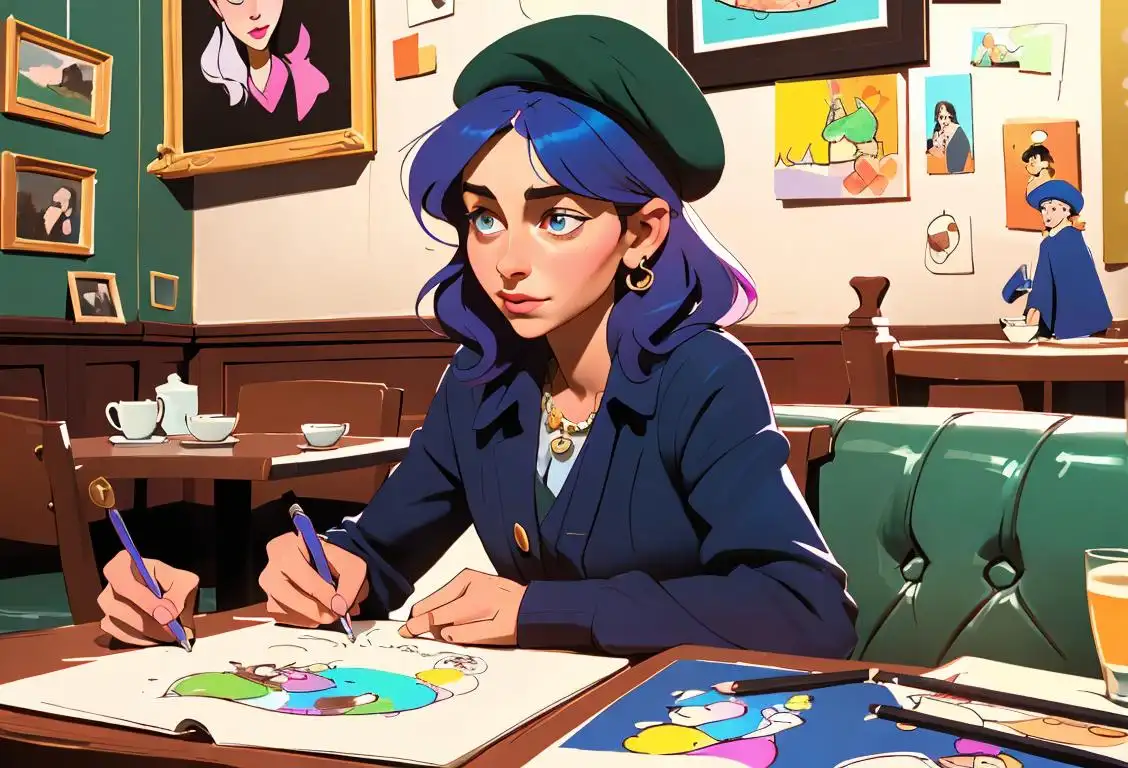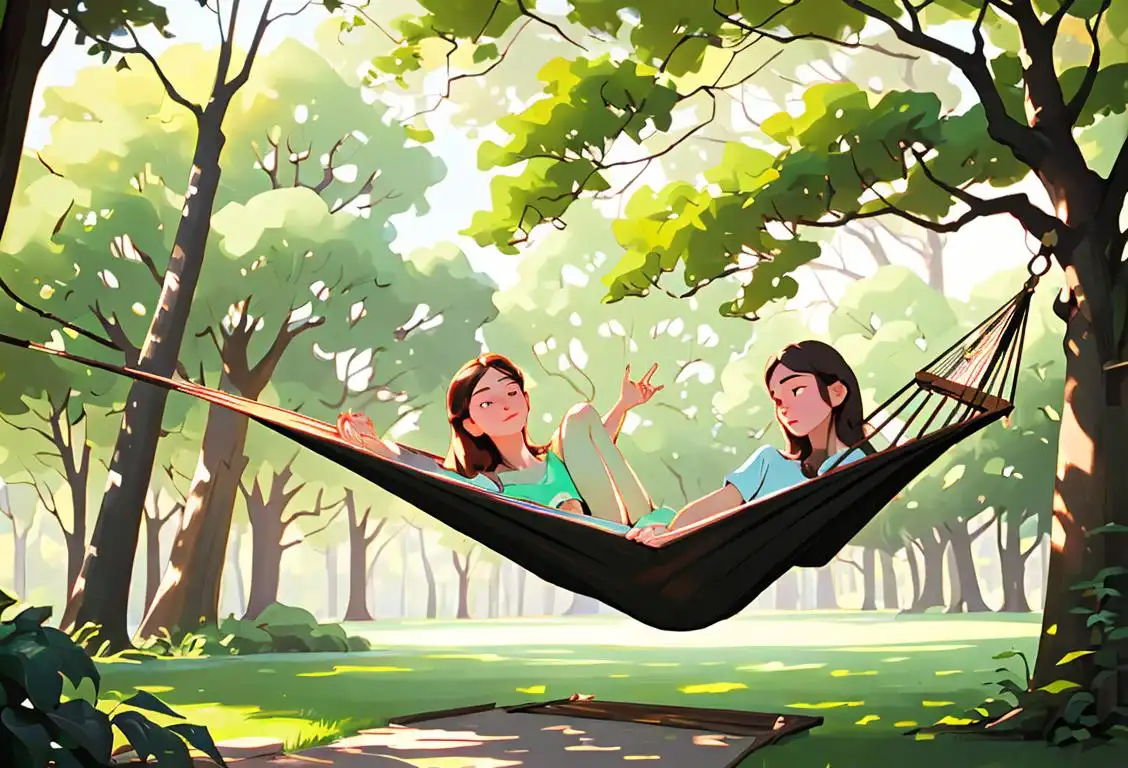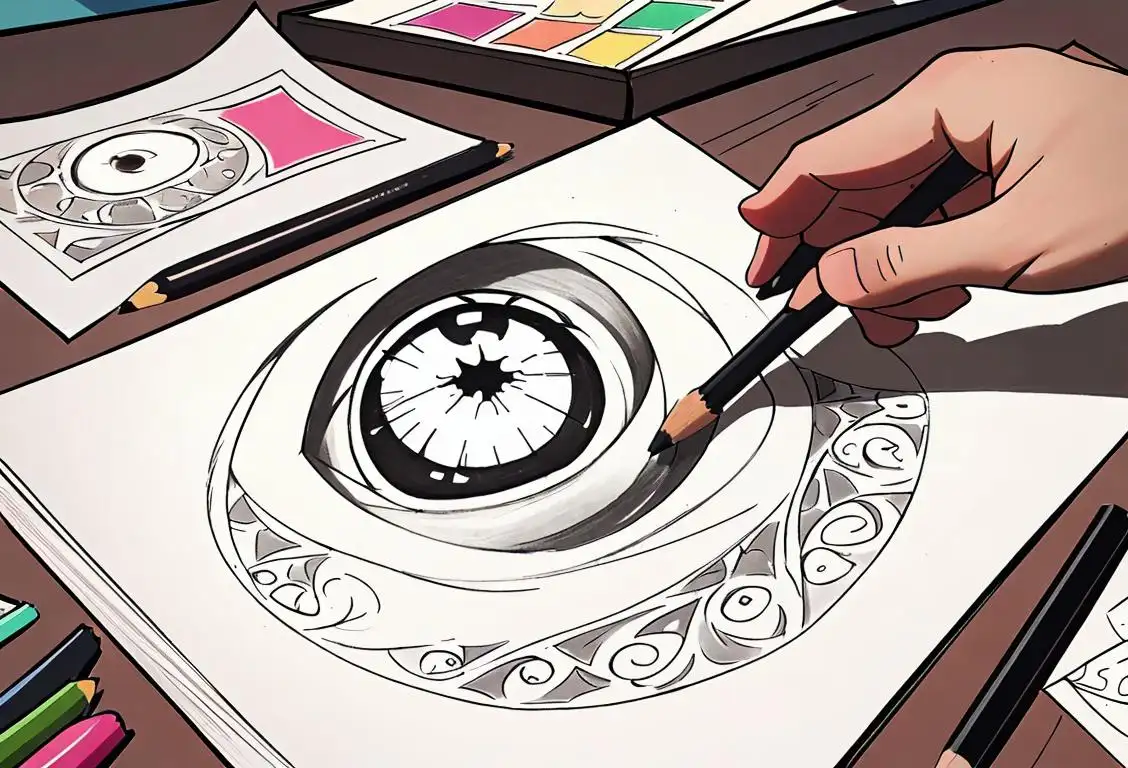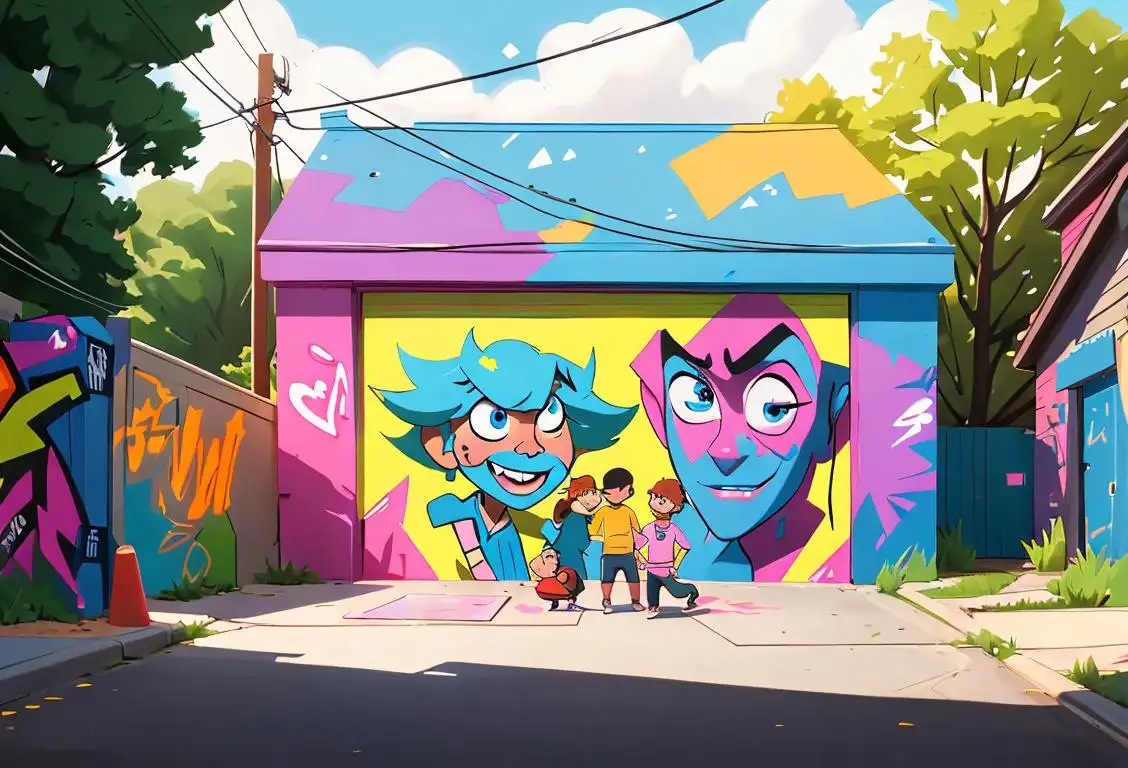National Colouring Day
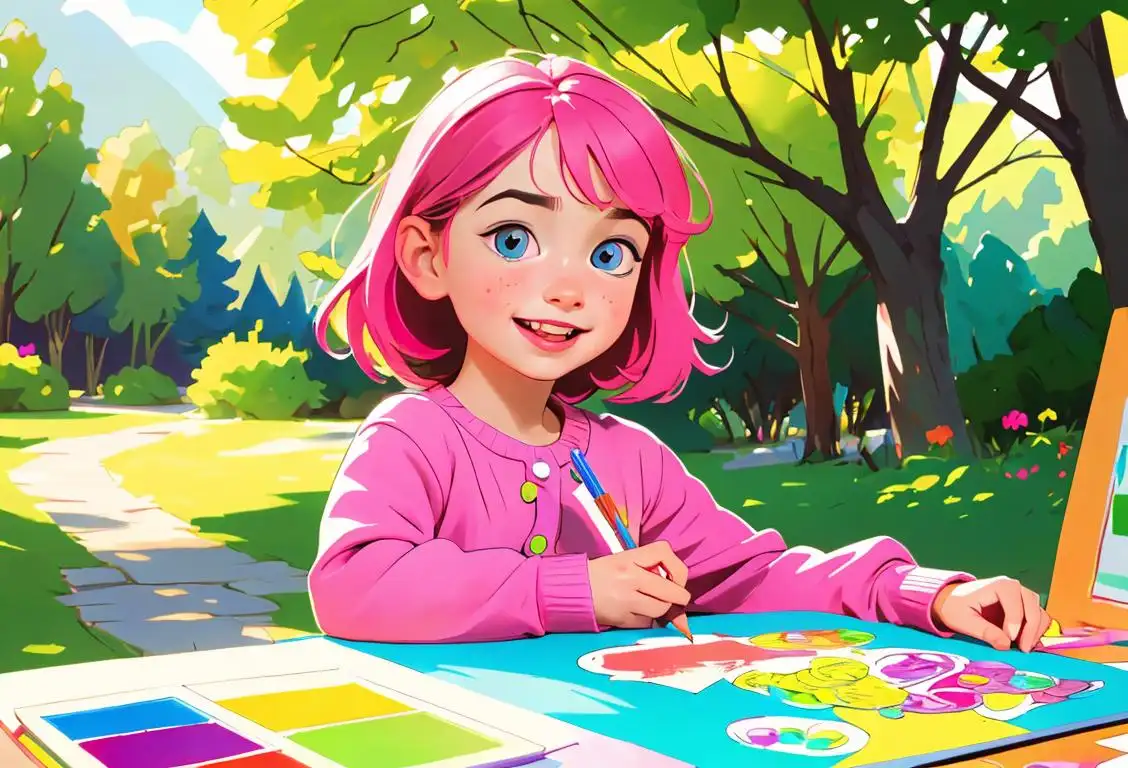
Are you ready to unleash your inner artist? Well, get those crayons, markers, and paintbrushes ready, because it's National Colouring Day! Let your creativity run wild and bring life to those black-and-white pages. Whether you're a Picasso in training or just enjoy a bit of coloring therapy, this day is all about celebrating the joy of coloring.
When is Colouring Day?
It's national colouring day on the 26th September.
Why We Love National Colouring Day
Colouring has come a long way from simple childhood amusement. It has now become a popular activity for adults, too. In fact, the trend of adult coloring books has exploded in recent years, with intricate designs and patterns specifically created to reduce stress and promote relaxation. It's like a mini-vacation for your mind!
Not only is coloring a great way to unwind, but it also allows you to tap into your creative side. You can experiment with different color combinations, shading techniques, and even create your own masterpieces. And the best part? There are no rules! Forget about coloring within the lines and let your imagination soar.
So, why do we love National Colouring Day? It's a chance to embrace our inner child, destress from the world, and show off our coloring skills. Plus, it's an excuse to stock up on all those fancy colored pencils you've been eyeing.
The Internet History of National Colouring Day
Colouring has been a beloved pastime for generations, but National Colouring Day is a relatively new addition to the calendar. It was first mentioned online on September 26, 2015, gaining momentum and interest among coloring enthusiasts around the world.
Since then, people have been celebrating National Colouring Day by organizing coloring parties, sharing their finished artwork on social media, and even participating in coloring competitions. It has become a day to connect with fellow coloring enthusiasts and share the joy of coloring with loved ones.
History behind the term 'Colouring'
1881
Introduction of the term 'coloring'
In the year 1881, the term 'coloring' was first introduced into the English language. Derived from the verb 'to color,' the term refers to the act of applying color to an image or design. Initially, 'coloring' was used primarily in the field of art and illustration, where artists would use various mediums to add color to their drawings and paintings.
1769
The Invention of the Term 'Colouring'
The term 'colouring' was first used in 1769, derived from the verb 'to color'. It originally referred to the act of applying pigments or dyes to add color to something, such as paintings or fabrics. The term quickly gained popularity and became widely used in the art and textile industries.
1766
Introduction of the word 'coloring'
The term 'coloring' was first introduced in 1766 and originated from the word 'color', which refers to the visual perception of different wavelengths of light. In its earliest form, 'coloring' was used to describe the process of adding color to something, such as a drawing or a painting.
20th century
Rise of coloring books
During the early 20th century, coloring books gained significant popularity, particularly among children. The combination of affordability and accessibility made coloring books readily available to a wide audience. These books often featured black-and-white line drawings, providing an opportunity for individuals to engage in the creative process by adding color to the illustrations. The emergence of coloring books as a form of entertainment paved the way for the widespread use of the term 'coloring' beyond the realm of art.
1850
The Rise of Coloring Books
In the mid-19th century, coloring books began to gain popularity. These books featured line drawings that could be filled in with colors using crayons or paint. They were initially used as a means of art education for children but soon captivated adults as well. The term 'colouring' expanded its meaning to include the recreational activity of filling in these drawings with various colors.
1868
Rise of coloring books
In 1868, the first coloring book was published by McLoughlin Brothers, a printing company based in New York. This marked a significant milestone in the history of coloring, as it popularized the concept of coloring within predetermined lines. The coloring book contained black-and-white illustrations that children could fill in with crayons or colored pencils, sparking a new form of artistic expression and entertainment.
1960s
Therapeutic benefits of coloring
During the 1960s, the therapeutic benefits of coloring started to gain recognition. Psychiatrist Carl Jung used coloring as a relaxation technique, believing it could help individuals access their unconscious mind. This led to the increased use of coloring as a form of art therapy, offering a creative outlet and promoting stress relief and mindfulness.
1960s
Therapeutic aspects of coloring
In the 1960s, psychologists began to recognize the therapeutic benefits of coloring. It was observed that coloring could be a calming and stress-relieving activity, allowing individuals to focus on repetitive motions and engage in mindfulness. This realization led to the development of 'coloring therapy' or 'coloring for relaxation' as a formal practice. Coloring books marketed specifically for stress relief and mindfulness gained popularity, further expanding the usage of the term 'coloring' in a therapeutic context.
1880
The Introduction of Crayons
In 1880, Crayola introduced the first box of crayons, which revolutionized the way people colored. The term 'colouring' became closely associated with using crayons to fill in coloring books and other artistic projects. Crayons offered a wider range of colors and ease of use compared to previous methods, making coloring more accessible and enjoyable.
21st century
Digital coloring and online communities
With the advent of digital technology, coloring has evolved beyond traditional mediums. The rise of digital coloring tools and applications enabled individuals to color digitally using electronic devices. Moreover, online communities dedicated to coloring emerged, providing a platform for artists and enthusiasts to share and showcase their creations. In the 21st century, the term 'coloring' became associated with both traditional and digital coloring methods, expanding its meaning and reach.
1960
The Popularity of Adult Coloring Books
During the 1960s, adult coloring books gained popularity as a form of relaxation and stress relief. Psychologists and art therapists began recommending coloring as a therapeutic activity for adults, leading to an increase in the availability of intricate and intricate coloring books. The term 'colouring' expanded once again to encompass this new trend.
2010s
Adult coloring trend
In the 2010s, the concept of coloring for adults became a worldwide phenomenon. Adult coloring books filled with intricate designs and patterns started to gain immense popularity, appealing to individuals seeking a calming and nostalgic activity. The trend was fueled by the belief that coloring can reduce anxiety, improve focus, and provide a temporary escape from the digital world. This resurgence solidified coloring's position as a valid form of self-expression and relaxation for people of all ages.
2010
The Rise of Digital Coloring
With the advent of digital technology, coloring moved beyond traditional mediums. Online coloring websites and mobile applications gained popularity in the 2010s, allowing people to digitally color images using virtual tools. The term 'colouring' extended its meaning to include coloring on digital platforms, broadening the scope of this popular activity.
Did you know?
Did you know that coloring can actually improve your focus and concentration? It's like a workout for your brain, helping you stay sharp and attentive. So, the next time you find yourself zoning out, grab a coloring book and give your brain a boost!Tagged
fun creativity art relaxation mindfulnessFirst identified
15th September 2015Most mentioned on
26th September 2015Total mentions
18Other days
Colouring Day
Scribble Day
Coloring Book Day
Canvass Day
Self Care Day
Artists Day
Doodle Day
Slow Down Day
Drawing Day
Television Because Someone Graffitied His Driveway Day
